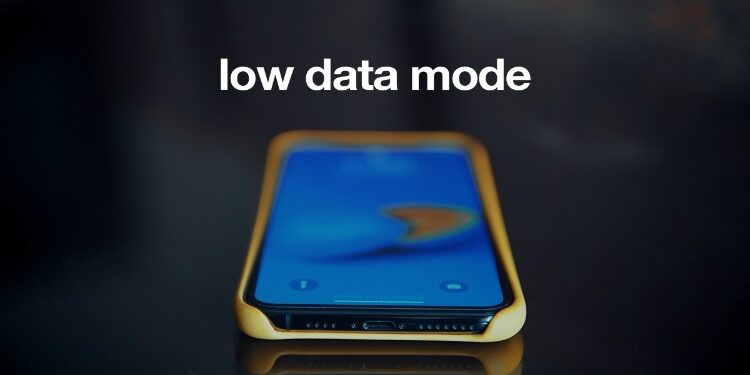Low, data model for the iPhone is basically a setting that is intended to help you use less power when your mobile data connection has fallen below a certain point. When this happens your phone will go into what is called hibernation, and it will not send or receive any wireless communication. This means that all activities will come to a standstill until your next power outage.
In order for this feature to work, you need to first enable it. To do this, you just go into your mobile phone’s cellular data settings and enable the Sleep state. You can also do this by going into “Settings” on the home screen and selecting “Cellular Data usage.” Or you can use the iPhone’s built-in clock app to do this.
The second step is to go into safe mode. To do this you open your iPhone’s iTunes and tap the “Omnia” tab. From here you will find three options; one of them being Sleep/Wake. If you are in this mode, you can perform two additional actions. Tap “Enable” next to the option of turning mobile data on. This will put your iPhone into sleep mode.
The third step is to go into wifi access point stability. To do this you open the Settings app and scroll down to the bottom where it says “Network Setup.” Once you have done this you can tap the option of inserting an APN or hotspot name into the field. Once you have done so, the iPhone will connect to your wifi network.
The final step is to turn back on your iPhones cellular data connection. To do this you need to simply go into the security settings of your iPhone and tap on “Omnia” then tap on “ips networking.” The last step is to hit the “OK” button to put the iPhone to sleep. At this point, you will not be able to use your iPhones camera or take any new photos or videos. If you need to do either of these tasks, you will need to restart your device.
If you find that your device suddenly reboots when you attempt to use your iPhone after going into sleep mode, you most likely have just done a series of different actions that ended up resetting the connection. If this is the case, simply restart your iPhone and try again. If you have multiple devices with the iPhone, you can easily try resetting the connection on each of the other devices by doing a hard reset on your iPhone.
The third and final step involves rebooting your iPhone for the third time. Once you reboot your device, you should see a green lock which means that your cellular data has been successfully reset. This will ensure that your cellular data is functioning properly again. In order to continue to receive internet, go to the same spot where you left off connecting your iPhone to the wireless internet.
The steps above are designed to help you reset your iPhone into a low data state so that it can be used with internet applications while remaining connected to the cellular network. While this option may work for some individuals, it may not be available in your current situation. Before taking your iPhone into an Apple store or going out on the street to begin a hunt for a spare iPhone, consider trying this alternate method first. You may find that it will work in your situation and save you money as well.
When you take your iPhone into an apple store or go out in the field, your device will most likely be reset to factory settings, which include a low data state. If you were to attempt to use your iPhone while it was in this state, you would not receive any benefits from internet applications. The problem is that you will lose any and all data that you have saved or written on your phone. However, this can be solved by going into your cellular provider’s website and restoring your data. For most people, this is the only solution because it cannot be done through iTunes.
There are ways to fix this problem using the computer. To do this, connect your iPhone to your computer. Open iTunes. On the top menu, click on restore. This will bring up your previous device, including any text messages, contacts, wallpaper, videos, files, and even emails that you had saved on your phone.
Delete all items that you do not need. Delete everything on your phone that is not used or is only an aesthetic value to you. After that, go to the cellular settings and change your phone from default to the one that you want. Clicking “yes” will indicate that you are granting permission for this change. Once you’re done, connect your iPhone again to your computer and open the iTunes program. Your iPhone will be working normally again, although it won’t do much on its own.






























